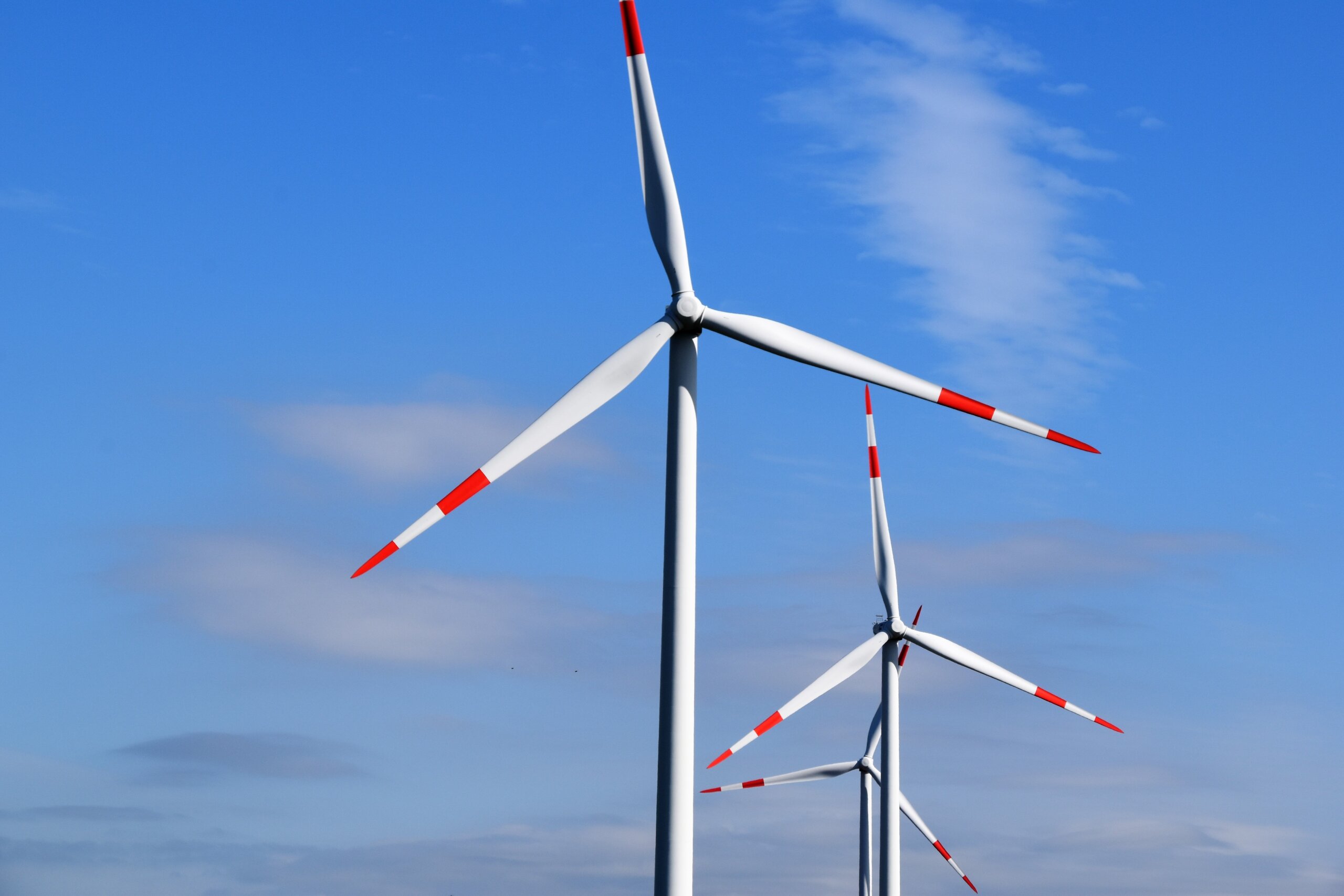Will the wind energy development in Lithuania not be obstructed by road taxes?
In order to achieve Lithuania’s strategic goal of producing 100 percent of its electricity from renewable sources, the development of clean energy in the country should gain more and more momentum. However, project developers now face new challenges such as tax planning. When developing a larger wind park, it may be necessary to pay up to a million euros for permits to transport wind turbines on Lithuanian roads, although in the neighbouring countries this amount may be ten times lower.
Projects are developed without state support
New wind park projects are currently being developed in more than ten Lithuanian municipalities, and the combined capacity of these projects collectively exceeds 800 MW. Most of larger projects are developed on a commercial basis – without state support. This means that developers have to bear the costs of connecting to the electricity grid, bear the balancing costs and the risks of trading on the energy exchange.
One of the most important factors that allows them to plan such investments without state support, while also contributing to the renewable energy goals, is constantly evolving technologies. The wind turbines currently in production are large and powerful: the tower is about 150 metres high, has a rotor diameter of up to 160 metres, and has a capacity of more than 5 MW. Such turbines are more efficient, so it is possible to produce more electricity by building fewer turbines. In addition, they operate quieter than those produced earlier.
Rate of taxes raises questions
However, companies planning wind parks now and in future had issues in transporting turbine components and receiving permits necessary for such actions. For example, in Lithuania, according to the calculations, in order to transport one section of a more modern and more powerful wind power tower per 100 km, a tax of EUR 1,358 to EUR 1,593 would need to be paid per vehicle, depending on whether the transportation would be carried on country or roads of national significance. When transporting the blades of the turbine, a tax ranging from EUR 478 to EUR 525 per vehicle would need to be paid. Typically, about 15 vehicles would be needed to transport one wind turbine. Thus, the total permits required to transport the components of just one wind turbine per 100 km would cost more than EUR 30 thousand. Given that the transport of turbines from the national border to the required location in the middle of the country could take about 300 km, the required permits could cost up to EUR 90 thousand.
However, building one larger wind park may require 10 or more wind turbines. This means that the amount that a developer would have to pay for permits to transport wind turbines within the country alone, without counting the logistics costs themselves, could exceed EUR one million. This is a significant financial burden for any company that decides to develop a project on a commercial basis.
Situation is different in other countries of the region
The situation is different in other countries in the region, such as Latvia, Estonia, Poland or even Germany. In Latvia, it takes only up to EUR 100 to transport a section of a tower per 100 km, and the transport of wings costs around the same. In Estonia, these amounts are around EUR 210 and EUR 180 respectively. In Poland, the amount is the same in both cases, amounting at around EUR 360, while in Germany the maximum amount you may have to pay for the commercial transportation of goods is EUR 1,300.
Significant differences between Lithuania and other countries are determined by the tax rates applied per kilometres of transportation, depending on the weight of the cargo and the vehicle. If it is necessary to travel larger distances in Lithuania with this type of cargo, the final amount payable, compared to other countries, increases very significantly. Here, respectively, a rate of up to EUR 1.73 per 10 kilometres may be paid for exceeding the maximum permissible mass, and a rate of up to EUR 15.98 per 10 kilometres may be paid for exceeding the maximum permissible axle (s) load. In Latvia, meanwhile, if the total permissible mass is exceeded, only a rate of EUR 0.14 per 1 kilometre is calculated. In Poland and Germany, maximum permit rates and distance travelled within the country do not affect the taxes.
Possible solution to the situation
Thus, taking into account the practice of the surrounding countries, the tax applied in Lithuania for the transportation of wind turbines can be considered disproportionately high. It does not correspond to the tax environment of the countries of the region and therefore determines the lower competitiveness of Lithuania. Therefore, the Lithuanian Wind Power Association recommends that the responsible authorities of the country reconsider the amounts of this tax in order to create the most favourable environment for the development of clean energy.
Author of the comment – Aistis Radavičius, Director of Lithuanian Wind Power Association
Post a comment
You must be logged in to post a comment.


